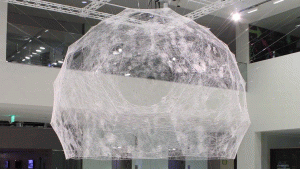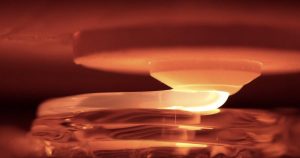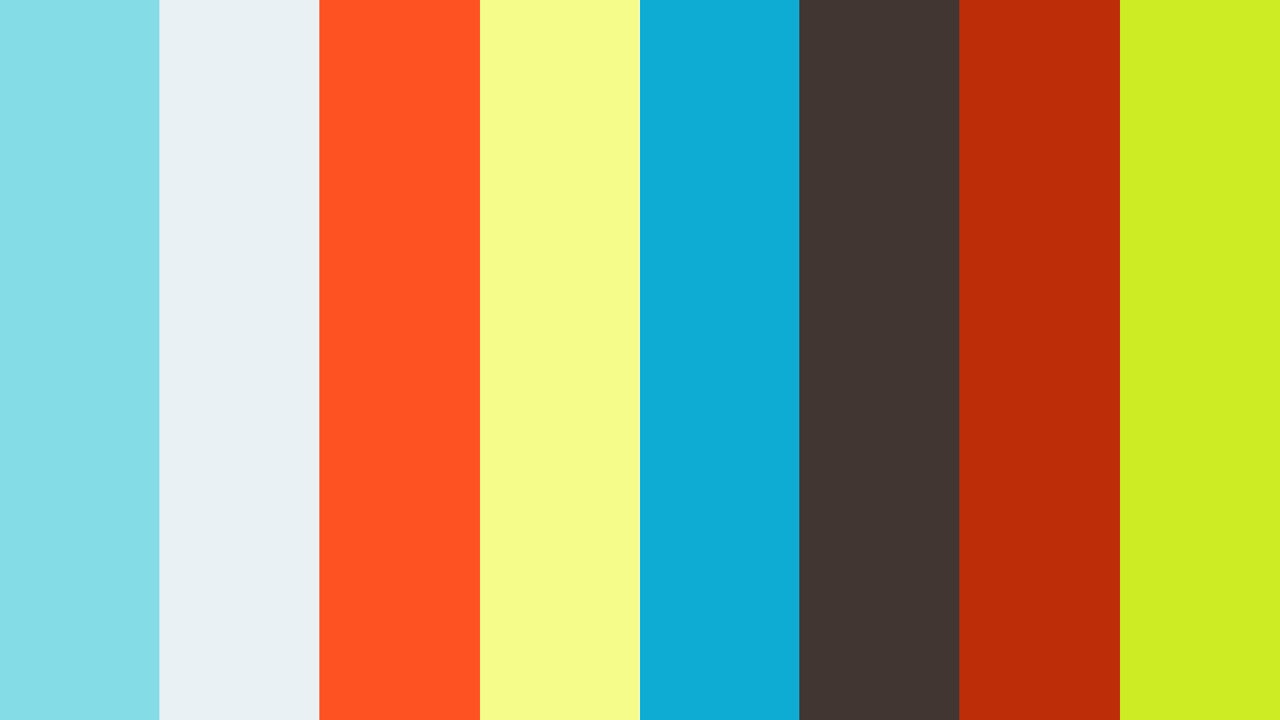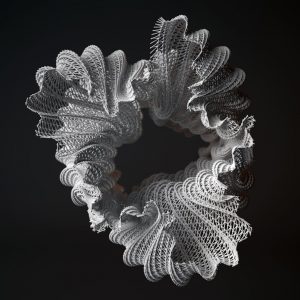https://n-e-r-v-o-u-s.com/projects/sets/kinematics-dress/
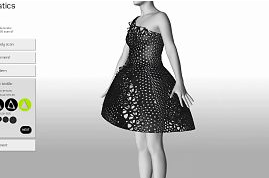
The ‘Kinematics’ dress made by nervous system.
I chose to explore the fashion side of the computer generated physical forms. I really admire the movement that the creators were able to achieve with the dress. I inserted a photo of the dress above, but the clickable link includes a GIF of a person walking in the dress, and it really sways like a fabric that has shape but also has fluidity, which is incredible considering the fabric is nylon. It is also amazing to see that the creators have made a garment that is able to be fully customizable and can fit any body type. It is clear that the creators have strong artistic direction in addition to being extremely competent with the computer generation aspect of their art as well. There isn’t much information on the algorithms they use but the creators make their designs very accessible to the public and able for anyone to customize.
![[OLD FALL 2018] 15-104 • Introduction to Computing for Creative Practice](../../../../wp-content/uploads/2020/08/stop-banner.png)


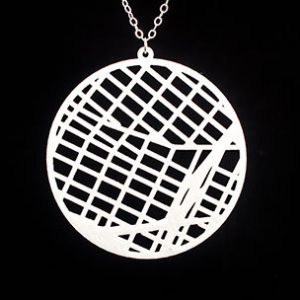
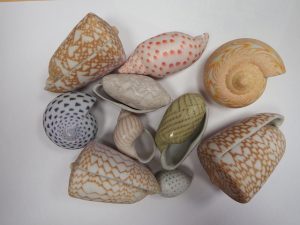



 prototype/ 2014
prototype/ 2014